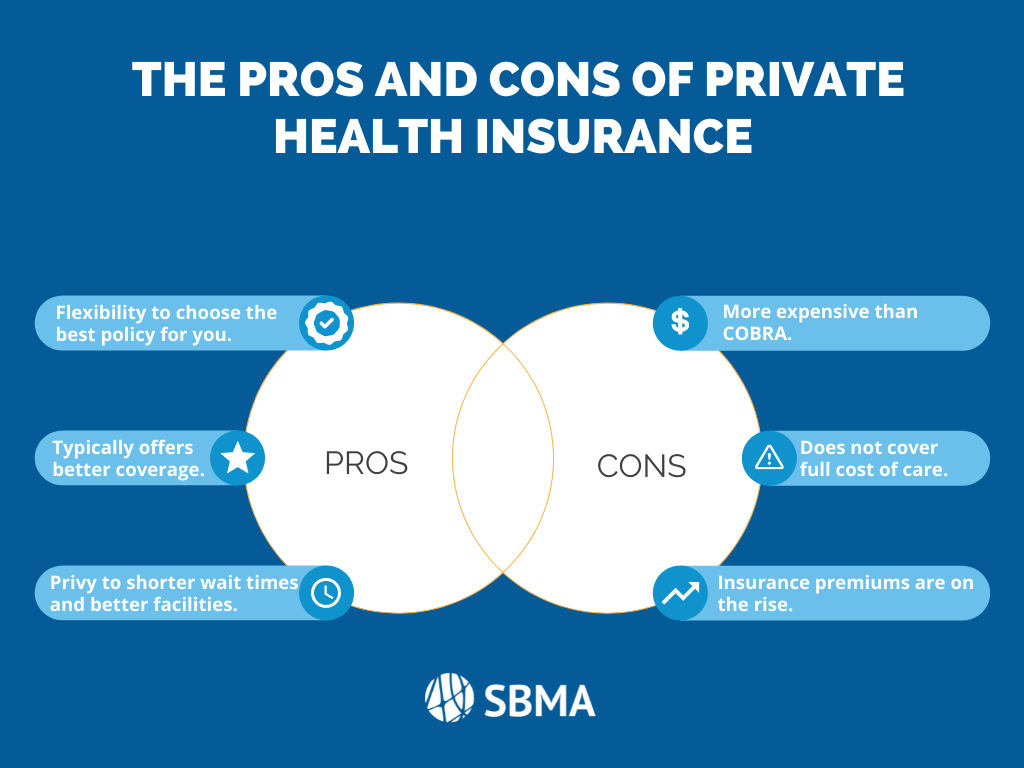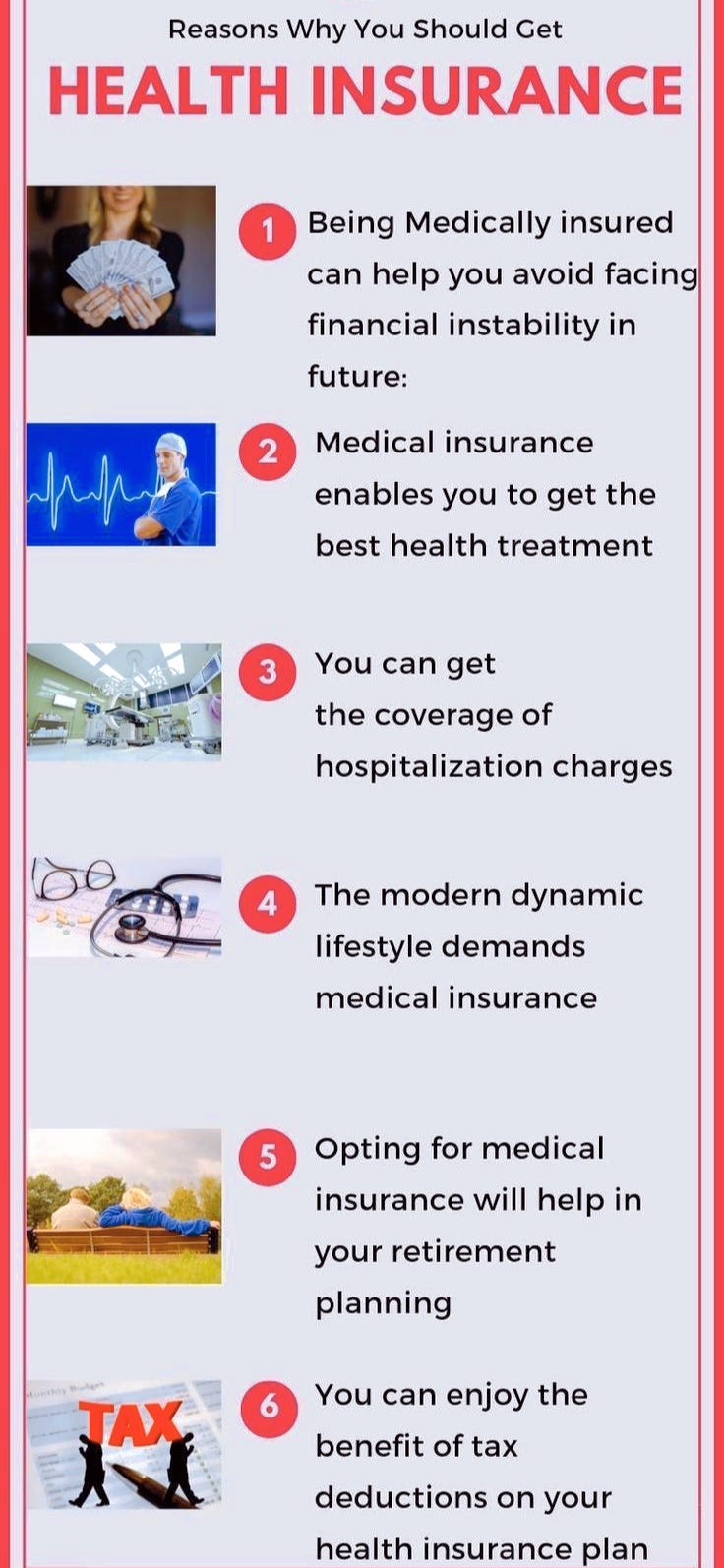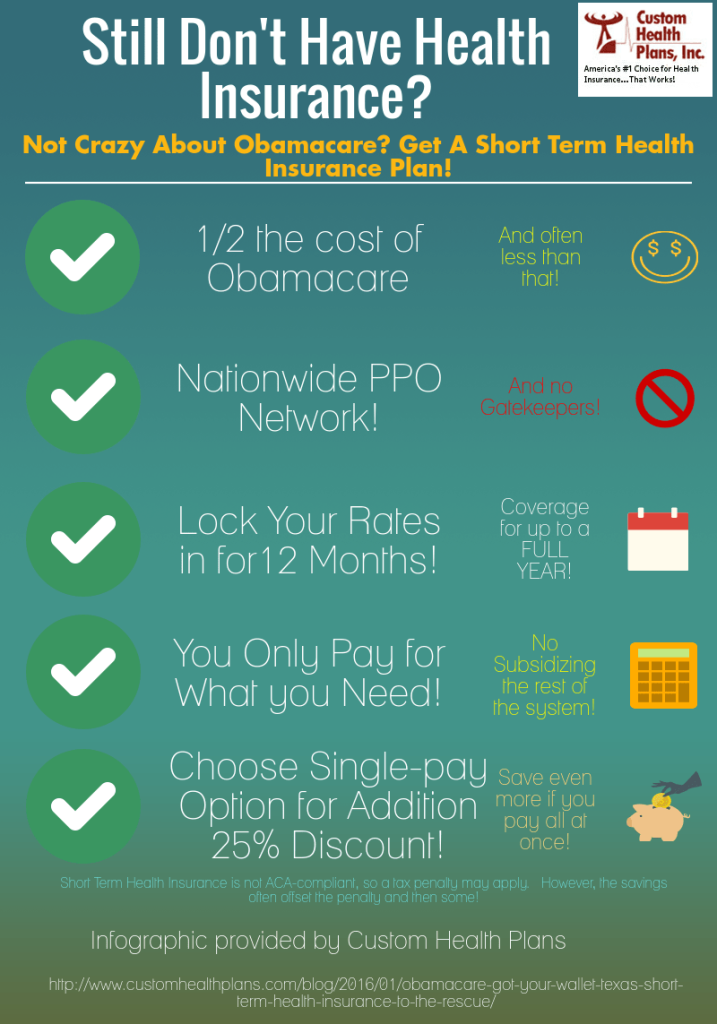An Unbiased View of Medicare Advantage Agent
An Unbiased View of Medicare Advantage Agent
Blog Article
Not known Incorrect Statements About Medicare Advantage Agent
Table of ContentsThe Main Principles Of Medicare Advantage Agent Examine This Report on Medicare Advantage Agent9 Easy Facts About Medicare Advantage Agent Explained

complies with from perplexing the fairly young age profile of the without insurance with the much better health, generally, of younger individuals. This obscures the web link between health and wellness status and medical insurance. For those without access to work environment medical insurance, inadequate health and wellness is a possible barrier to acquiring nongroup protection because such protection may be highly valued, leave out preexisting problems, or be simply unavailable. The variety of uninsured Americans is not especially huge and has not altered recently. 7 out of 10 participants in a country wide representative study assumed that fewer Americans did not have health insurance coverage than in fact do(Fronstin, 1998). Approximately half(47 percent )thought that the number of individuals without wellness insurance coverage decreased or stayed continuous over the last fifty percent of the last decade(Blendon et al., 1999). This drop of virtually 2 million in the variety of people 'without insurance (a decrease
of about 4 percent)is definitely a favorable adjustment. With a softer economic climate in 2000 the most current reported gains in insurance policy protection might not proceed(Fronstin, 2001 ). The decrease in the number of uninsured will certainly not proceed if the economic situation remains sluggish and wellness treatment costs continue to outpace rising cost of living. This is because the data were gathered for a period of strong economic performance. Of the estimated 42 million people that were without insurance, all yet regarding 420,000(regarding 1 percent)were under 65 years of age, the age at which most Americans come to be qualified for Medicare; 32 million were adults between ages 18 and 65, about 19 percent of all adults in this age team; and 10 million were kids under 18 years of age, regarding 13.9 percent of all children (Mills, 2000). These quotes of the number of individuals without insurance are produced from the annual March Supplement to the Existing Populace Study (CPS), carried out by the Census Bureau. Unless or else kept in mind, nationwide price quotes of individuals without health insurance policy and proportions of the populace with different type of insurance coverage are based on the CPS, one of the most extensively utilized source of price quotes of insurance coverage and uninsurance rates. These surveys and the quotes they generate are described briefly in Table B. 1 in Appendix B - Medicare Advantage Agent. These studies differ in dimension and sampling approaches, the inquiries that are inquired about insurance coverage
The 5-Minute Rule for Medicare Advantage Agent
coverage, and the time period over which insurance policy protection or uninsurance is determined(Lewis et al., 1998, Fronstin, 2000a ). Still, the CPS is especially beneficial due to the fact that it creates yearly estimates fairly quickly, reporting the previous year's insurance policy protection estimates each September, and due to the fact that it is the basis for a consistent set of price quotes for greater than 20 years, permitting for evaluation of trends in protection in time.

Medicare Advantage Agent Things To Know Before You Get This
Over a three-year period beginning early in 1993, 72 million individuals, 29 percent of the U.S. population, lacked insurance coverage for at the very least one month. Within a solitary year(1994), 53 million people experienced at the very least a month without protection(Bennefield, 1998a). Six out of every 10 without insurance grownups are themselves used. Functioning does boost the probability that one and one's family participants will certainly have insurance coverage, it is not a guarantee. Even participants of families with two permanent breadwinner have virtually a one-in-ten chance of being without insurance (9.1 percent uninsured rate)(Hoffman and Pohl, 2000 ). The partnership between wellness insurance coverage and access to care is well developed, as recorded later on in this phase. The relationship in between wellness insurance coverage and wellness outcomes is neither straight nor simple, a comprehensive professional and health solutions research study literary works web links health and wellness insurance protection
to improved enhanced accessibility care, better much better, and improved enhanced and population populace wellness. As an example, the 2nd report, on individual health and wellness results for without insurance adults, is stood for by next page the inner circle of the figure, while the third report, on family wellness, includes the subjects of the second record yet stresses a various system of analysis, namely, the family members. The 6th report in the collection will certainly provide information about techniques and initiatives carried out locally, statewide, or nationally to address the lack of insurance policy and its adverse influences. Degrees of evaluation for checking out the results of uninsurance. This discussion of medical insurance protection concentrates largely on the united state population under age 65 due to the fact that basically all Americans 65 and older have Medicare or other public coverage.
In addition, it concentrates specifically on those with no health and wellness insurance for any type of size of time. The problems faced by the underinsured are in some respects comparable to those faced by the without insurance, although they are generally much less extreme. Uninsurance and underinsurance, nonetheless, entail distinctly different policy issues, and the strategies for resolving them might vary. Throughout this research and the 5 records to adhere to, the major emphasis gets on persons with no medical insurance and therefore no help in paying for healthcare past what is readily available through charity and safeguard institutions. Medical insurance is a powerful factor affecting receipt of treatment because both patients and medical professionals reply to the out-of-pocket rate of solutions. Health and wellness insurance coverage, however, is neither necessary nor sufficient to get to medical solutions. Nevertheless, the independent and direct impact of wellness
insurance policy coverage on accessibility to health and wellness services is well developed. Others will acquire the healthcare they need even without wellness insurance coverage, by spending for it out of pocket or seeking it from carriers that offer care cost-free or at extremely subsidized prices. For still others, medical insurance alone does not ensure invoice of care as a result of various other nonfinancial barriers, such as a lack of health treatment companies in their community, minimal access to transportation, illiteracy, or linguistic and cultural distinctions. Official research regarding without insurance populations in the USA dates to the late 1920s and very early 1930s when the Committee on the Price of Healthcare created a collection of visite site reports concerning financing doctor workplace visits and hospital stays. This problem became significant as the numbers of clinically indigent climbed throughout the Great Depression. Empirical researches regularly sustain the link in between access to care and improved wellness results(Bindman et al., 1995; Starfield, 1995 ). Having a regular resource of treatment can be considered a forecaster of accessibility, rather than a straight measure of it, when health and wellness results are themselves used as accessibility indicators. This extension of the notion of gain access to dimension was made by the IOM Board on Checking Access to Personal Wellness Treatment Services(Millman, 1993, p. Whether parents are guaranteed shows up to affect whether or not their kids get care in addition to just how much careeven if the kids themselves have protection(Hanson, 1998). The health and wellness of moms and dads can impact their capability to take care of their kids and the level of household tension. Bothering with their youngsters's accessibility to care is itself a resource of anxiety for moms and dads. 3 phases follow in this record. Phase 2 offers a review of just how employment-based wellness insurance coverage, public programs and individual insurance coverage operate and connect to give comprehensive however insufficient protection of the united state population. This consists of a review of historic patterns and public laws affecting both public and private insurance, a conversation of the interactions amongst the various sorts of insurance policy, and an exam of why individuals relocate from one program to an additional or finish up

Report this page